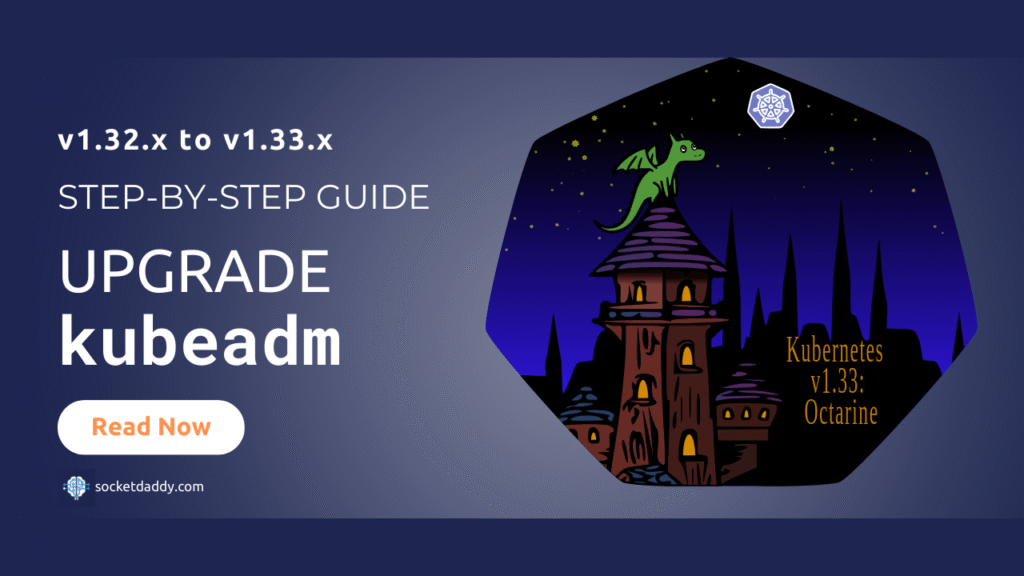
kubeadm upgrade – v1.32.x to v1.33.x
Step-by-step guide to upgrade Kubernetes clusters created with kubeadm from version 1.32.x to 1.33.x and beyond, including volume considerations, CSI, security, quotas, and event-driven workflows.

Kubernetes 1.33: Volume Populators Graduate to GA | Kubernetes
Kubernetes volume populators are now generally available in v1.33. With the AnyVolumeDataSource feature gate now always enabled, you can use any suitable custom resource as the data source for your PVCs.
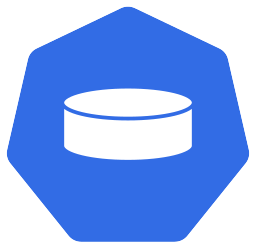
What are Ephemeral Volumes in Kubernetes?
Kubernetes ephemeral volumes provide temporary storage tied to pod lifespan for caches, config files, secrets, and scratch data.
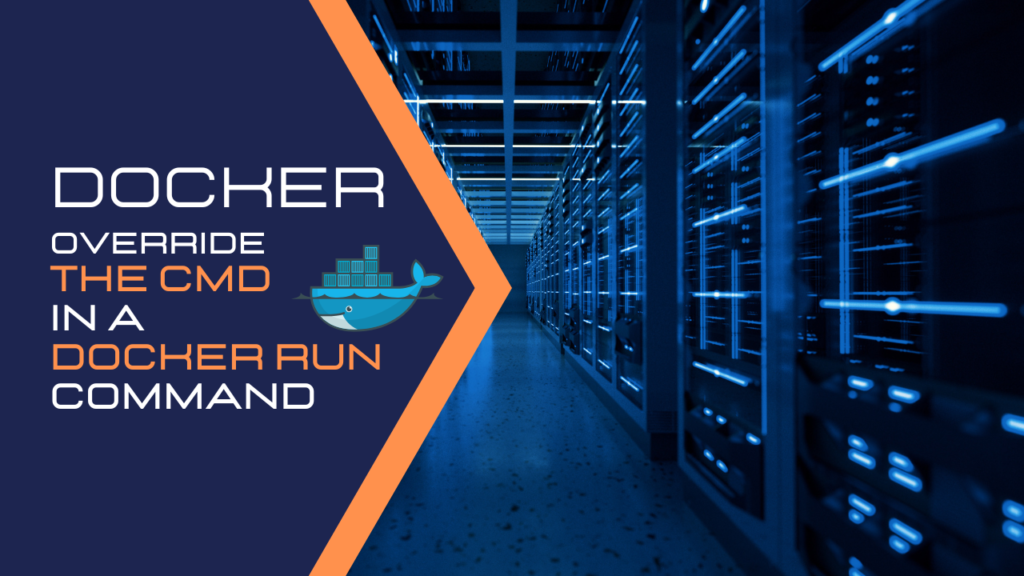
How to Override the CMD in a Docker Run Command
What CMD does, why you might want to override it, and how to do so effectively using the docker run command.
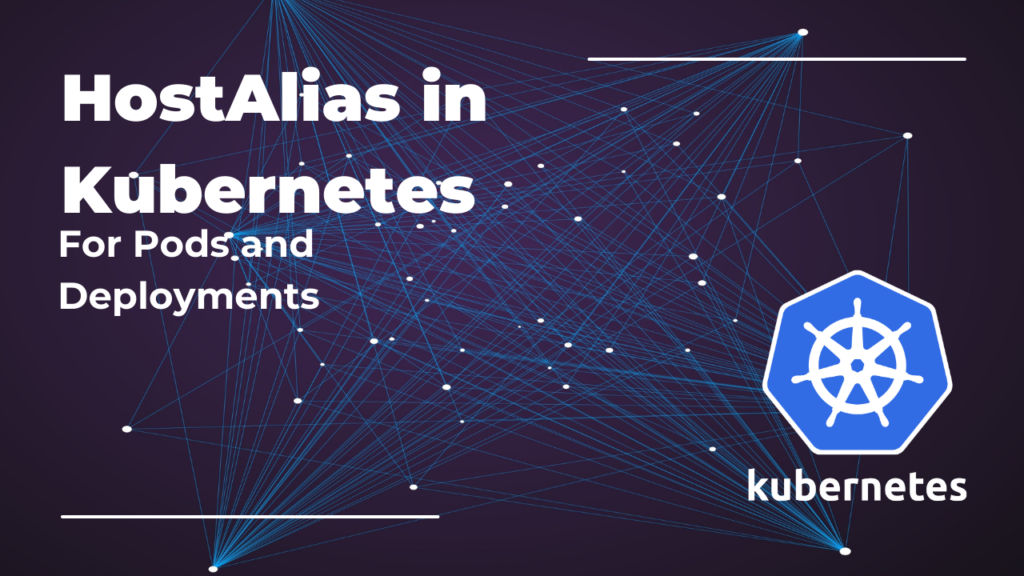
How to Add HostAliases to Pods and Deployments in Kubernetes
Here's everything you need to know about how HostAliases work, what happens under the hood, and how to set it up.
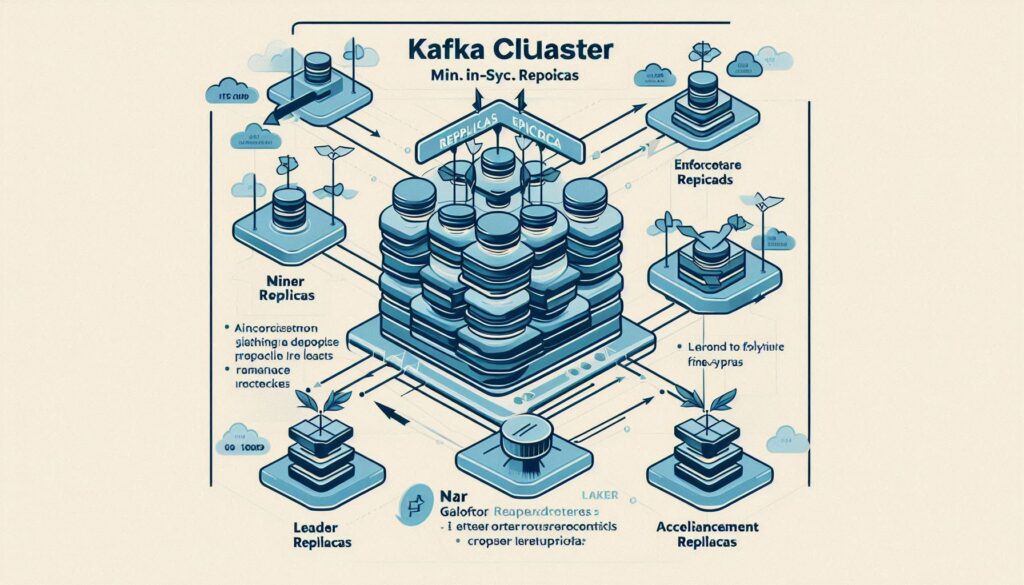
What’s the Default Value for min.insync.replicas in Apache Kafka?
The default value for min.insync.replicas in Apache Kafka is 1. This means Kafka requires only one replica to acknowledge a write

What Is a Headless Service, and Why Do We Use It?
Learn what a headless service is in Kubernetes, how it works, and why it's perfect for stateful workloads and custom pod communication.

Rsync command options and usage
Optimize file transfers using the Rsync command—explore the rsync command options and bandwidth-saving tips.

Manage MySQL Databases and Users Using The CLI
Managing MySQL databases and users with the MySQL Command Line Shell for better control, speed, and flexibility.
